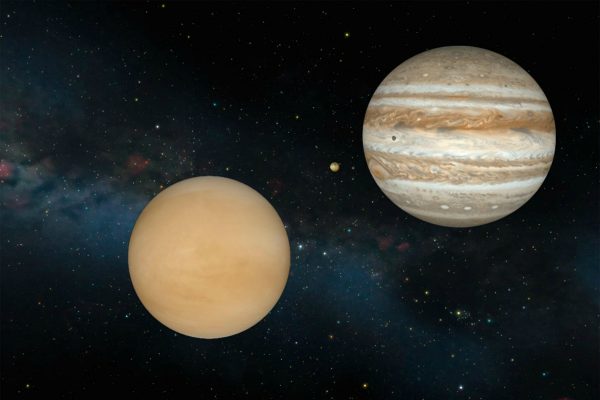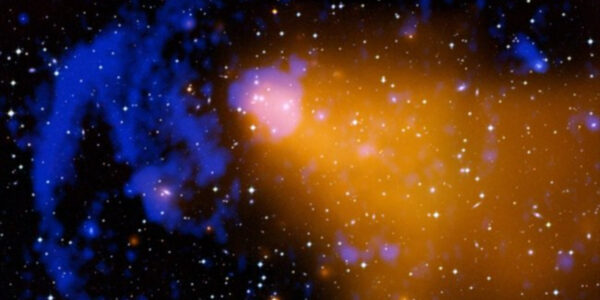What’s Inside a Black Hole?
No known object in existence has as clear a division between “inside” and “outside” as a Black Hole. We live and see the outside, and no probe will bring us information about the inside. We can send radio messages or robotic spacecraft, but once they cross over into a black hole’s interior, we’ll never get back those emissaries or any information about what happened to them.
They may be born from situations as different as the deaths of stars and the gravitational collapse of huge amounts of gas in the early universe, but the result is the same.
Read: Cosmic Explosion Suggest How Black Holes Form
We can’t penetrate the bald event horizon, but that doesn’t mean we know nothing about a black hole’s interior.
We’re pretty sure black holes don’t contain a portal to another region of space (a Wormhole) or another reality, whatever sci-fi may have told us.
Most physicists are also reasonably certain that a full description of the interior of black holes will require quantum gravity, a theory unifying quantum physics and general relativity.
The full structure of such a theory is unknown, but researchers have some thumbnail sketches about what it might look like.
Hawking’s Theory
One hybrid approach was put together by Yakov Borisovich Zel’dovich, Jacob Bekenstein, and especially Stephen Hawking.
Without a quantum theory of gravity, they used particle physics in combination with general relativity to show that the event horizon has a non-zero temperature and therefore glows, albeit very faintly.
This glow is known as Hawking Radiation: it arises when partnered particles (one electron and one positron, pairs of photons, etc.) are created in the intense gravitational field. One particle falls into the black hole, while the other escapes.
Black holes are thought to adhere to what is puckishly known as the “No-Hair Theorem”: Whatever is going on in the interior, no “hair” sticks out of the event horizon.
Since the energy from the black hole was the source of the newly created particles’ mass (E = mc2), the black hole’s mass shrinks slightly with every escaped particle. Unfortunately, the event horizon temperature is low for black holes like the ones we see, so Hawking radiation is correspondingly much fainter than other sources of light.
However, if very low-mass black holes exist, they would shine brightly by Hawking radiation, and decay relatively quickly, evaporating away to nothing. Watching such a black hole vanish might help answer the question of whether information is truly lost or just hidden from us by the event horizon.
Interestingly, Hawking himself thinks the problem has been solved, at least in principle:
Black holes preserve the information they swallow, much as a hologram preserves information about three dimensions even though they are two-dimensional pictures.
His hypothesis, doesn’t yet work in our four-dimensional cosmos (three spatial dimensions plus time), but rather for an abstract, higher-dimensional universe.
As a result, not everyone is convinced by Hawking’s demonstration, even if they agree that black holes don’t forget their origins.
Near to Us
The nearest known black hole to Earth, which carries the highly memorable name V404 Cygni, is about 8,000 light-years away.
The closest supermassive black hole (one that exceeds 100,000 times the mass of the sun) is even farther away: 26,000 light-years. That’s the monster at the center of the Milky Way, known as Sagittarius A* (pronounced “A star”).
With continued improvements, we’ll be able to get an even better view of black holes, drawing ever closer to the event horizon. Yet nature still hides the mystery of what lies inside a black hole, perhaps forever.
Credits Nautilus















Lascia un commento
Devi essere connesso per inviare un commento.